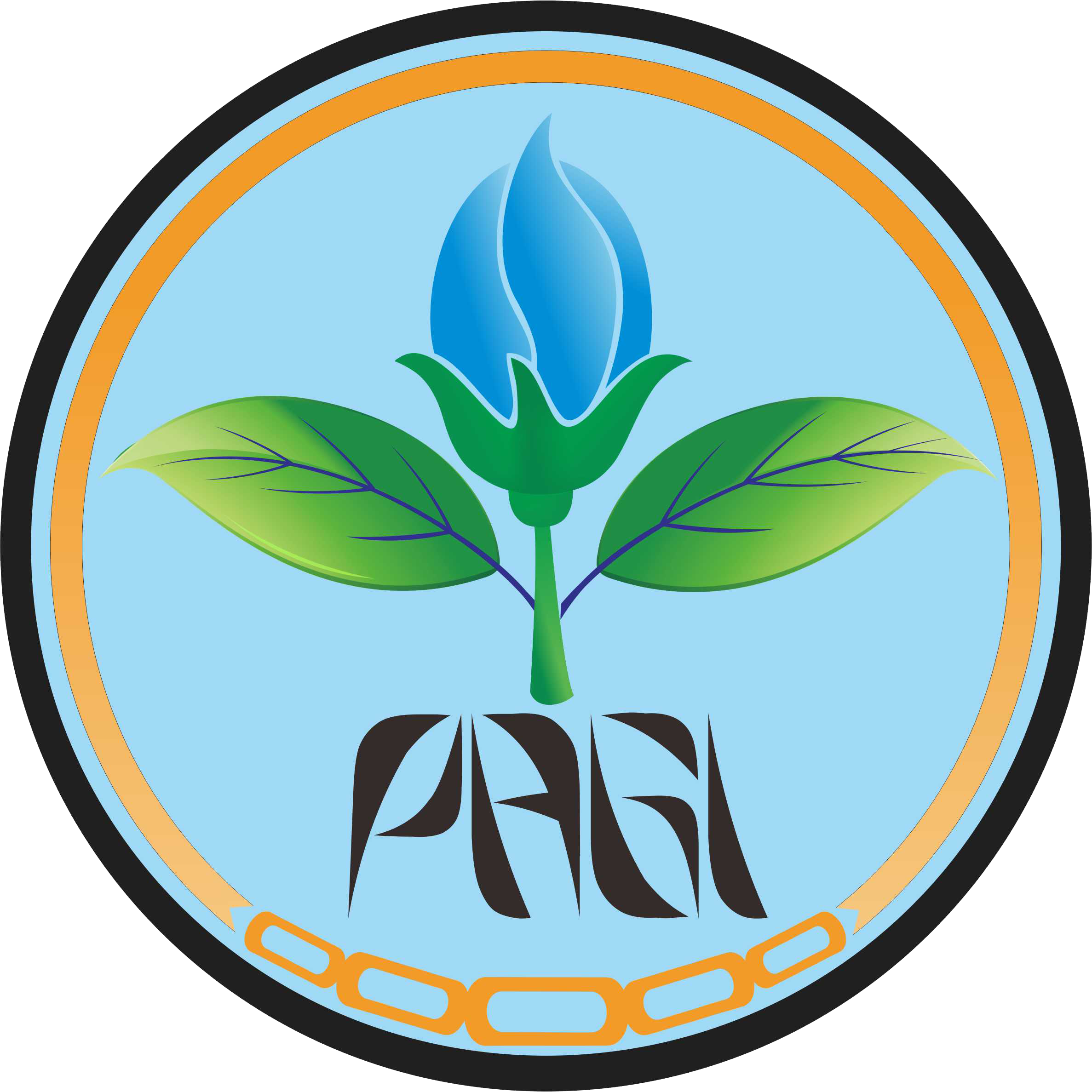Efektivitas Pupuk Hayati terhadap Pertumbuhan dan Hasil Jagung Hibrida di Tanah Alfisol
Abstract
Keywords
Full Text:
PDF(ID)References
Aquilanti L, Favilli F, Clementi F. 2004. Comparison of different strategies for isolation and preliminary identification of Azotobacter from soil samples. Soil Biol Biochem. 36(9):1475–1483. https://doi.org/10.1016/j.soilbio.2004.04.024.
[Balitan] Balai Penelitian Tanah. 2009. Analisis kimia tanah, tanaman, air, dan pupuk. 2 ed. Prasetyo BH, Santoso D, Widowati LR, editor. Bogor (ID): Balai Penelitian Tanah.
[BKP Kementan] Badan Ketahanan Pangan Kementerian Pertanian. 2018. Surplus, RI Ekspor Jagung. Bul Pasokan dan Harga Pangan. 2(1):1–12.
Beauregard PB, Chai Y, Vlamakis H, Losick R, Kolter R. 2013. Bacillus subtilis biofilm induction by plant polysaccharides. Proc Natl Acad Sci U S A. 110(17):1621–1630. https://doi.org/10.1073/pnas.1218984110.
Cecagno R, Fritsch TE, Schrank IS. 2015. The plant growth-promoting bacteria azospirillum amazonense: Genomic versatility and phytohormone pathway. Biomed Res Int. 2015:898592. https://doi.org/10.1155/2015/898592.
Choudhary DK. 2011. Plant growth-promotion (PGP) activities and molecular characterization of rhizobacterial strains isolated from soybean (Glycine max L. Merril) plants against charcoal rot pathogen, Macrophomina phaseolina. Biotechnol Lett. 33(11):2287–2295. https://doi.org/10.1007/s10529-011-0699-0.
[CSAR] Centre for Soil and Agroclimate Research. 1995. Petunjuk teknis evaluasi kesuburan tanah. Bogor (ID): CSAR.
Hawayanti E, Nurbaiti A, Mike E. 2015. Pemberian jenis pupuk hayati dan pengaruhnya terhadap pertumbuhan dan produksi tanaman jagung manis (Zea mays saccharata Sturt) di tanah Lebak. J klorofil. 10(1):32–35.
Hayat R, Ali S, Amara U, Khalid R, Ahmed I. 2010. Soil beneficial bacteria and their role in plant growth promotion: a review. Ann Microbiol. 60(4):579–598. https://doi.org/10.1007/s13213-010-0117-1.
Iwuagwu M, Chukwuka KS, Uka UN, Amandianeze MC. 2013. Effects of biofertilizers on the growth of Zea mays L. Asian J Microbiol Biotechnol Environ Sci. 15(2):235–240.
Kang SM, Radhakrishnan R, Lee IJ. 2015. Bacillus amyloliquefaciens subsp. plantarum GR53, a potent biocontrol agent resists Rhizoctonia disease on Chinese cabbage through hormonal and antioxidants regulation. World J Microbiol Biotechnol. 31(10):1517–1527. https://doi.org/10.1007/s11274-015-1896-0.
Khairani I, Hartati S, Mujiyo M. 2010. Pengaruh kascing dan pupuk anorganik terhadap ketersediaan nitrogen pada Alfisols Jumantono dan serapannya oleh tanaman jagung manis (Zea mays L. Saccharata). Sains Tanah J Soil Sci Agroclimatol. 7(2):73–82.
Khaliq A, Sanders FE. 2000. Effects of vesicular-arbuscular mycorrhizal inoculation on the yield and phosphorus uptake of field-grown barley. Soil Biol Biochem. 32(11–12):1691–1696. https://doi.org/10.1016/S0038-0717(00)00086-9.
Khan NT, Khan MJ. 2018. Microbes as Biofertilizers. Open Access J Biomed Eng Biosci. 2(5):253–256.
Lakitan B. 2004. Dasar-dasar fisiologi tumbuhan. Jakarta (ID): Raja Persada Grafindo.
Lapui AR, Nopriani U, Mongi H. 2021. Analisis kandungan nutrisi tepung jagung (Zea mays Lam) dari Desa Uedele Kecamatan Tojo Kabupaten Tojo Una-Una untuk pakan ternak. J Agropet. 18(2):42–26.
Lenart A. 2012. Occurrence, characteristics, and genetic diversity of Azotobacter chroococcum in various soils of Southern Poland. Polish J Environ Stud. 21(2):415–424.
Mezuan M, Handayani IP, Inoriah E. 2002. Penerapan formulasi pupuk hayati untuk budidaya: Studi rumah kaca. J Ilmu-Ilmu Pertan Indones. 4(1):27–34.
Minardi S. 2002. Komposisi pupuk NPK terhadap hasil beberapa varietas tanaman buncis tegak (Phaseolus vulgaris L.) di tanah Alfisol. Sains Tanah J Soil Sci Agroclimatol. 2(1):18–24.
Obid SA, Idris AE, Ahmed BEAM. 2016. Effect of bio-fertilizer on growth and yield of two maize (Zea mays L.) cultivars at Shambat, Sudan. Sch J Agric Vet Sci. 3(4):313–317. https://doi.org/10.21276/sjavs.2016.3.4.9.
Osundare B. 2014. Improving fertility of an acid Alfisol and maize (Zea mays L.) yield performance with integrated application of organic and inorganic soil amendments. J Biol Agric Healthc. 4(14):48–59.
Pambudi FH, Sa’diyah K, Juliastuti S., N. H. 2012. Peran mikroorganisme Azotobacter chrooccuum, Pseudomonas putida, dan Aspergillus niger pada pembuatan pupuk cair dari limbah cair industri pengolahan susu. J Tek Pomits. 1(1):1–4.
Pangaribuan DH, Hendarto K, Prihartini K. 2017. Pengaruh pemberian kombinasi pupuk anorganik tunggal dan pupuk hayati terhadap pertumbuhan dan produksi tanaman jagung manis (Zea mays saccharata Sturt) serta populasi mikroba tanah. Floratek. 12(1):1–9.
Panikkai S, Nurmalina R, Mulatsih S, Purwati H. 2017. Analisis ketersediaan jagung nasional menuju swasembada dengan pendekatan model dinamik. Inform Pertan. 26(1):41. https://doi.org/10.21082/ip.v26n1.2017.p41-48.
Pratiwi E, Saraswati R, Nursyamsi D. 2016. The current status and development of biofertilizers in Indonesia: a brief overview. In: 1st International Conference on Biofertilizers and Biopesticides; August 23rd-26th, 2016; Taichung, Taiwan ROC. Taichung (ROC): ICCB. hal. 31–39.
Schmidt JE, Gaudin ACM. 2018. What is the agronomic potential of biofertilizers for maize? A meta-analysis. FEMS Microbiol Ecol. 94(7):1–10. https://doi.org/10.1093/femsec/fiy094.
Sinha RK, Valani D, Chauhan K, Agarwal S. 2010. Embarking on a second green revolution for sustainable agriculture by vermiculture biotechnology using earthworms: Reviving the dreams of Sir Charles Darwin. J Agric Biotechnol Sustain Dev. 2(7):113–128.
Suhameena B, Devi S, Gowri R, Kumar A. 2020. Utilization of Azospirillum as a Biofertilizer – an overview. Int J Pharm Sci Rev Res. 62(22):141–145.
Suriadikarta DA, Simanungkalit R. 2006. Pendahuluan. In: Simanungkalit R, Suriadikarta DA, Saraswati R, Setyorini D, Hartatik W, editor. Pupuk organik dan pupuk hayati. Bogor (ID): Balai Besar Penelitian dan Pengembangan Sumberdaya Lahan Pertanian. hal. 159–190.
Suyono AD, Kurniatin T, Mariam S, Damayanti M, Syammusa T, Yuniarti A, Trinurani E, Machfud Y. 2008. Pupuk dan pemupukan. Bandung: UNPAD Press.
Tania N, Astina, Budi S. 2012. Pengaruh pemberian pupuk hayati terhadap pertumbuhan dan hasil jagung semi pada tanah podsolik merah kuning. J Sains Mhs Pertan. 1(1):10–15.
Umesha S, Divya M, Prasanna K, Lakshmipathi R, Sreeramulu K. 2014. Comparative effect of organics and Biofertilizers on growth and yield of maize (Zea mays L.). Curr Agric Res J. 2(1):55–62. https://doi.org/10.12944/carj.2.1.08.
Wijanarko A, Rahmianna AA, Sudaryono. 2012. Status kesuburan lahan kering Alfisol dan usaha peningkatan produktivitas kacang tanah. In: Pratiwi H, Winarto A, editor. Peningkatan daya saing dan implementasi pengembangan komoditas kacang dan umbi mendukung pencapaian empat sukses pembangunan pertanian. Prosiding Seminar Hasil Penelitian Tanaman Aneka Kacang dan Umbi; 2012 5 Juli; Malang, ID. Bogor (ID): Pusat Penelitian dan Pengembangan Tanaman Pangan. hal. 401–409.
Wu SC, Cao ZH, Li ZG, Cheung KC, Wong MH. 2005. Effects of biofertilizer containing N-fixer, P and K solubilizers and AM fungi on maize growth: A greenhouse trial. Geoderma. 125(1–2):155–166. https://doi.org/10.1016/j.geoderma.2004.07.003.Refbacks
- There are currently no refbacks.






